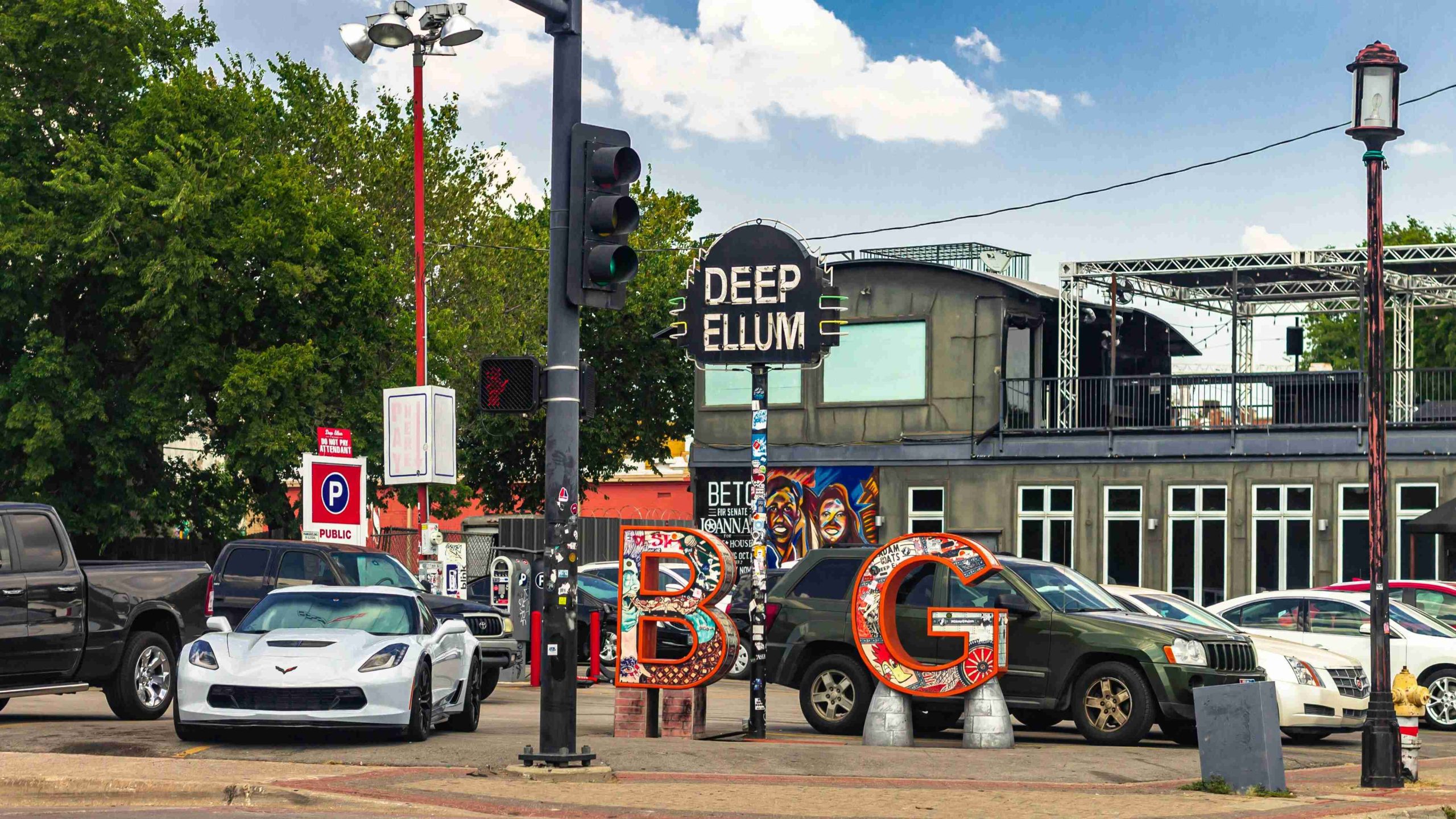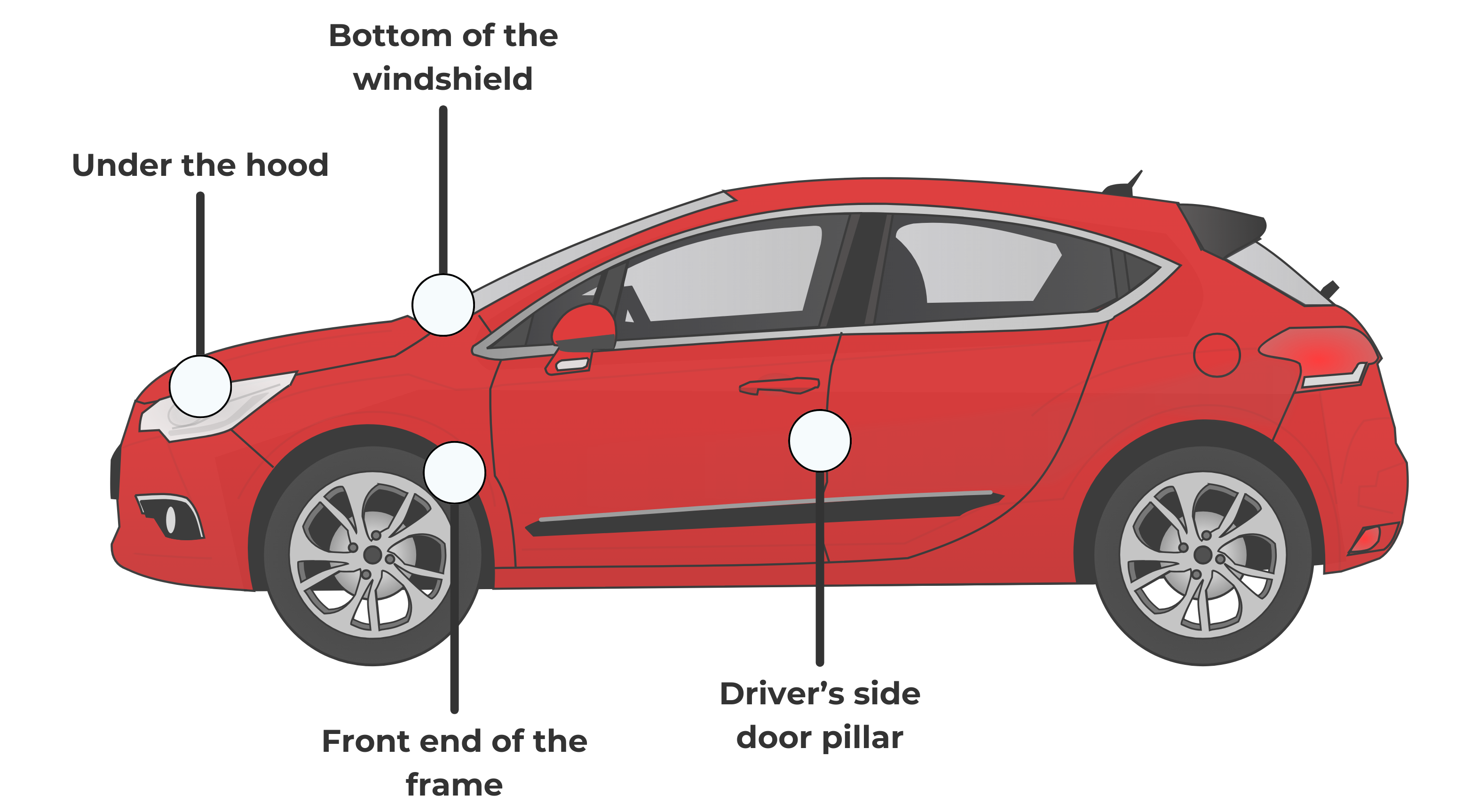 Saw a sweet deal on a used truck near Dallas. The price looked good, and the mileage seemed low. But something just didn’t feel right. A quick State of Texas VIN check told the real story—the truck was stolen in another state. That simple check saved me from a huge mistake. Now, I tell everyone: always check the VIN before you pay.
Saw a sweet deal on a used truck near Dallas. The price looked good, and the mileage seemed low. But something just didn’t feel right. A quick State of Texas VIN check told the real story—the truck was stolen in another state. That simple check saved me from a huge mistake. Now, I tell everyone: always check the VIN before you pay.
Planning to buy a used car in Texas? Before you sign anything or hand over money, stop and check the Vehicle Identification Number (VIN). This one step can protect you from serious problems. A Texas VIN check shows if the car was ever stolen, damaged, or has a fake title. It helps you stay out of trouble and keep your money safe.
Let’s walk through the process together. In this guide, you’ll learn how to check a VIN the right way. You’ll also find out what warning signs to watch for when shopping for a used car in Texas. Each step is clear and easy to follow.
Check the VIN, Protect Your Wallet!
Signs That a Car Might Be Stolen
A car can look great on the outside but still have a shady past. Some stolen cars come with fake documents or copied VINs. To stay safe, look out for these warning signs:
- Check the VIN closely. If the VIN looks scratched, changed, or doesn’t match in different parts of the car, be careful. That could mean trouble.
- Ask for the title and documents. A good seller should show you the car’s title and other legal papers. If they say they lost them or make excuses, walk away.
- Watch out for rushed sales. If someone wants quick cash or pressures you to buy fast, something could be wrong.
- Be careful with super low prices. A deal that seems “too good to be true” often is. Always ask why the price is so low.
- Check the seller’s name. Make sure the name on the title matches the person selling the car. If it doesn’t, that’s a red flag.
- Look at the license plates. Temporary tags or plates that don’t match the car’s state or style might mean the car was stolen.
- Ask for a Texas VIN check. A real seller won’t hide the VIN. If they avoid this, don’t trust them.
- Review the car’s history. No repair records or fake-looking ones are a bad sign.
- Compare the details. If the color, trim, or features don’t match the VIN info, something’s off.
- Notice where they want to meet. Sellers who only meet in public and won’t share their address could be hiding something.
- Look for damage. Broken windows, forced locks, or a damaged ignition can mean the car was stolen.
- Check past owners. If the car changed hands many times in a few months, ask why.
If anything seems off, don’t proceed without a full check VIN number Texas search.
Vehicle Theft in Texas Is Rising—Here’s How a VIN Can Protect You
In Texas, running a VIN check isn’t just a smart move—it’s a must. Major metro areas like Houston, Dallas, and San Antonio consistently report higher-than-average crime stats (including auto theft). In fact, according to the latest numbers from Statista and Information Insurance Institute, Texas ranks among the top states for stolen vehicles.
Here’s the deal: Buying a stolen car, even by accident, can cause big problems. If police find out the car is stolen, they can take it away right away. Sadly, you won’t get your money back or keep the car. That’s why checking the VIN number in Texas is super important. Before you buy any used car, always look at its full history. This simple step can help you avoid scams and keep your money safe.
So, what is a VIN? A Vehicle Identification Number (VIN) is like your car’s name tag. Every car made since 1981 gets a unique 17-character code. It’s kind of like a fingerprint—no two are the same.
Now here’s why it matters. That little code can tell you a lot about a car’s past. For example, you can find out if the car was ever stolen, who owned it before, if it had any accidents, and if it has a clean title. You can also see where it was registered.
In short, running a VIN check gives you the truth about the car. It’s a smart move that can save you from losing thousands of dollars—and a whole lot of stress.
Where to Find the VIN on a Car
Before you check a vehicle’s VIN in Texas, you must find the number first. Here are the most common places to look:

- The dashboard, near the windshield on the driver’s side
- By the driver’s side door frame (look for a sticker or metal plate)
- On the documents like the vehicle title, registration, or insurance card
Next, compare the VIN from each spot. If they don’t match or seem scratched or changed, that’s a red flag. The car might be stolen or changed illegally. In that case, it’s best to walk away.
Don’t Get Scammed: Use a Texas VIN Check to Uncover Stolen Cars
Here’s how you can check if a vehicle is stolen using a Texas VIN check:
1. Use the Texas Department of Motor Vehicles (TxDMV)
The Texas Department of Motor Vehicles (TxDMV) offers simple tools to help you check basic information about a car. While these tools won’t say directly if a vehicle is stolen, they can still help you spot red flags. For example, issues with the title or strange changes in registration history might suggest something is wrong—like theft or fraud.
If you want to get official records for a vehicle, start by filling out Form VTR-275. After that, mail the form or bring it to a TxDMV office. Make sure to include your ID and any other required documents.
Beginning September 27, 2024, you must use the new TxDMV Public Information Request Center to submit any Public Information Request. This new system helps make the process quicker, smoother, and easier for everyone.
2. Use a Reputable Third-Party VIN Check Service
If you want to learn more about a car’s history, using a trusted VIN check service is a smart move. These services give you detailed information that free or basic checks often leave out.
Some of the most popular and reliable options include:
- Carfax
- AutoCheck
- VinCheck.info
Each of these tools gives you a lot of helpful details, such as:
- Sales records
- Reports of theft
- History of accidents or damage
- List of past owners
- Title status (like salvage, flood, or rebuilt)
- Odometer readings over time
If you’re buying a car from a private seller or someone in a different state, a vehicle history report can really help. It gives you important details about the car’s past. For example, you can check if it was ever in a serious accident or had flood damage. This way, you can spot red flags before it’s too late. Even better, it helps you avoid scams and bad deals.
Buying a car is a big decision, so it’s smart to stay informed. With the right report, you can feel more confident and make a safer choice.
What to Do If You Think a Car Might Be Stolen
If your VIN check shows a red flag or makes you think the car might be stolen, don’t wait. Take action right away:
- Stop the deal immediately.If something doesn’t feel right, walk away from the sale.
- Next, contact the police.Report the car and the seller to your local law enforcement.
- Then, call the Texas Department of Motor Vehicles (TxDMV).Ask them to check if the car is legal and who really owns it.
- Leave the car alone.Don’t move or touch it. Police may need it as evidence.
- After that, ask the seller for proof.Get a written statement about the car’s history and who owns it.
- If you already insured the car, tell your insurance company.They need to know what’s going on.
- Be sure to save all records.Keep any texts, online listings, and receipts from the seller.
- Finally, walk away if the seller acts shady.If they avoid questions or refuse documents, leave the deal right away.
📍Important: Never try to return the car or confront the seller by yourself. Always involve the legal authorities. If you’re caught with a stolen car—even by accident—you could still face serious trouble.
Don’t Get Burned Buying Used—Run a Texas VIN Check First
If you’re looking to buy a used car in Texas, start with a VIN check. It’s one of the easiest ways to protect yourself from scams and stolen vehicles. In just a few minutes, you can find out if the car has a clean history. This small step can help you avoid expensive repairs or serious legal problems later on.
Before you sign anything, check that VIN. Use trusted sources like the TxDMV and for next-level peace of mind, grab a full vehicle history report.
If you’re thinking about buying a used car in Texas, knowing the facts is your best protection. After all, the more you understand, the less likely you are to get scammed or overpay.
Ready to run a quick VIN check? Start now and buy with confidence!